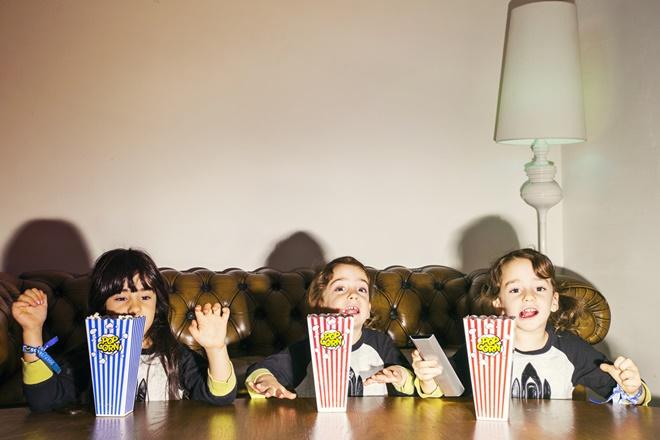The broadcasters have a vital role to positively help shape the minds of future generations, by providing a diverse-rich content
The media influences us all, and it starts from a very early age. From the music we listen to, the books we read and the films we watch; to the TV we view and games we play – we breathe it all in and exhale views and opinions taken from this multitude of influential sources. It is therefore crucial that characters, themes and messages within this stream of content, are inclusive to the diversity that forms our world as much as possible.
We have seen an increase in inclusive content across the media over recent years, indeed, in India, 44% of people believe the ethnic, religious, and racial makeup of their country has become more diverse over the past 20 years, as per Pewter Research Centre 2018. However, when it comes to children’s content, these attempts are still very much represented through tokenistic narratives rather than including the underrepresented individuals and cultures they are created to represent.
There is still a gaping hole in children’s content featuring a fair representation of multiculturalism, ethnicity, race and genders, and it is the responsibility of broadcasters to help fill this gap. The broadcasters have a vital role to positively help shape the minds of our future generations, by providing the diverse-rich content we so desperately need. Children should be given the opportunity to watch and identify with a truly diverse cast of characters. The inclusion of this diverse content should be viewed as the norm – and not a rarity that is noted for inclusivity. This can only be achieved by broadcasting content that features diversity as an everyday normality, not highlighted as a point of differentiation.
At Safi Productions, when developing Zayn & Zayna’s Little Farm we wanted to help fill this gap and offer broadcasters the opportunity to deliver BAME human characters, in real-world scenarios to young children. We want to help children identify with the diverse communities around them, while delivering important and universal messages about mindfulness, diversity and sustainability. We are seeing many broadcasters willing to feature diverse content, but wary on how best to implement it, often resulting in non-human characters being used to represent diversity and inclusion. This may tick a box, however, it is still not tackling the issue of exposing children to a positive representation of cultures and diversity, much needed for it to become accepted as a society norm.
As we all continue life through the Covid-19 pandemic, we have seen an increase in children’s content consumption – the Broadcast Audience Research Council (BARC) report, shared a 39% jump in kids channels viewership. This demand, although being met with broadcasters creating new programmes and moving content to digital platforms, has also highlighted the lack of real-world diversity being delivered through children’s channels.
India is a land of diversity. Our children are growing up in mixed-culture families and socialising with multiple ethnicities. Broadcasters have the opportunity to lead the way in normalising cultural diversity, through fair and equal representation in their content. It is only through this, will diversity be viewed and accepted as the norm in our society. It starts in the home, with our children and what they are exposed to – they are our future.
Read full on FINANCIAL EXPRESS

